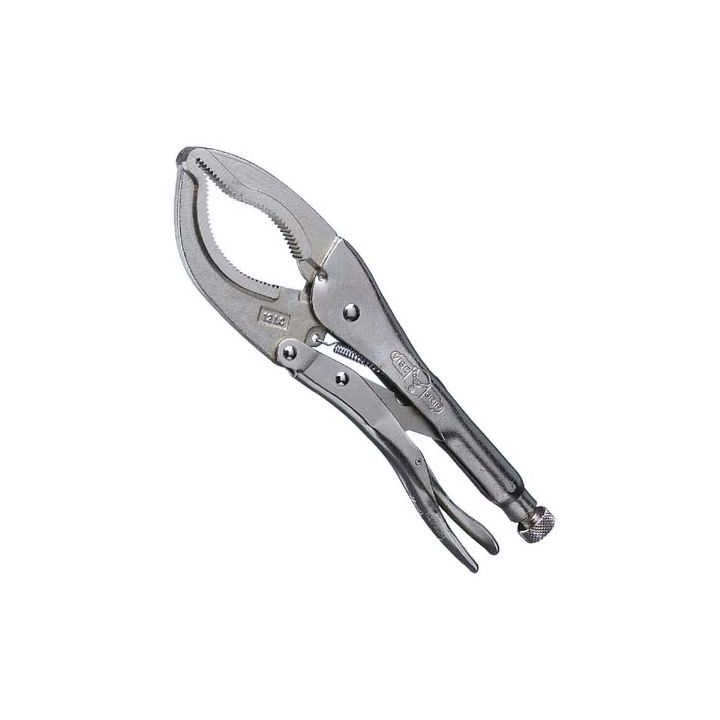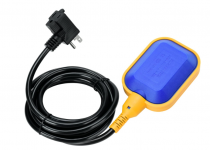Ok. Pump's out. Made a deal with a well guy down the road to come pull it with his pole truck. Good thing I did. It was a mix of 1 1/4" and 1" galvanized schedule 80, in 21 foot joints. No way I'd have done that with a tractor loader. He had it out in an hour or so, and the pump and its motor are paperweights. Pump was assembled in the spring of '04, so it had a good run in this hard water. Wire's still good, some of the sections of pipe are not. Some of it could be chopped into foot-long sections and sold as really pitchy flutes. No wonder it worked so hard to fill the tank to pressure....and with that in mind, it's a wonder it lasted this long.
I now know more about this well. The pump was 189 feet down to the top of the pump. Nine, 21' sticks. The static level is about 125 ft....that's about where the appearance of the joints changed as far as rust etc. Couldn't base any estimate on wet pipe/dry pipe, as each section drained down into the hole as it was unscrewed. Typical for around here, the hole is probably 240 ft. Probably has the top 50 or so feet cased, then unlined from there on down. Also pretty common for around here for wells dug in the late 70's through the 90's. I'm going to sound the bottom of the hole tomorrow, since I am now the proud owner of a 600' spool of poly rope and a 3/4" hex nut or two. Wonder if that poly rope is too buoyant to be pulled down with a single nut. I'd like to know what I can find out about this well while the seal is off. When the nut splashes, I'll mark that level with a couple wraps of electrical tape, then keep going to see how deep the hole is. Might only be 200 ft, if the guy who commissioned the hole was a tightwad. We'll soon see.
Going back with that solar pump only, since I have all the parts here to do it tomorrow and don't need a truck to run black poly back down into the hole. (Nor, more importantly, get it back out when it might need to be gotten out.) It's a soft-start DC pump from RPS, and from what I've read they're one of the best. And I'm not reading only their literature LOL.
DW is thrilled at the prospect of having water available on site tomorrow afternoon. Won't be pressured up quite yet, still lacking a booster pump but I'll rectify that when I go into town first part of next week. I've got an IBC tote, a 330 gallon one, to use as a holding tank for time being, and fill buckets/jugs from that for a few days. Not a problem.
You're exactly right, and I apologize for being imprecise. More accurately I should've said I stopped when I got indications of ground in the 20k range. I just didn't feel like standing in the sun in 109 degree heat and getting all Sheldon on it LOL.
There weren't any more connections I could access without lifting the pump. Wire from pump came out with no connections until the terminals in the controller. When I 'cleaned up' the pump to prepare for pulling, is when I re-checked using the closest known connection to the well pump. My suspicions/fears were confirmed when I got the pump out in the sunlight, cut the wires off of it, and checked it again. Also took off a screen and the rotor is locked. Probably won't go deeper into it until after I take a shower with running water





 ) A year turned into three with wife's health problems, and it still didn't need fixin'...until last Thursday.
) A year turned into three with wife's health problems, and it still didn't need fixin'...until last Thursday.
 RELIC does carp like that to me all the time. And when I review and explain her comment is "Just Kidding!" which is a fib.
RELIC does carp like that to me all the time. And when I review and explain her comment is "Just Kidding!" which is a fib.